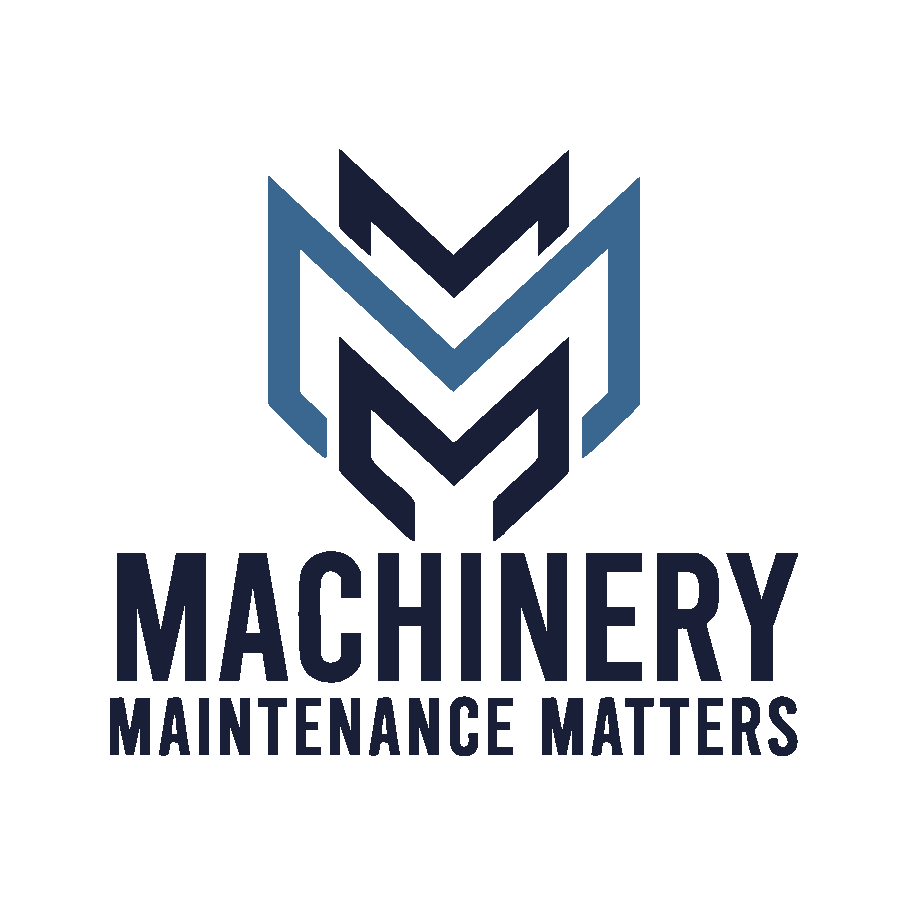WearCheck ARC’s Precision Vibration Analysis Corrects Misdiagnosis and Restores Stability in a Critical Induced Draft Fan.

The critical boiler Induced Draft (ID) fan that has a vibration problem
A major heavy-industry operation faced persistent vibration on a critical boiler Induced Draft (ID) fan, and repeated site visits and balancing attempts failed to solve the problem. The vibration amplitude continued to rise, the fan became unstable, and production downtime escalated.

WearCheck’s Asset Reliability Care (ARC) division was called in for an independent diagnostic assessment. Within a single visit, the ARC team identified the true cause and restored the machine to stable operation.
Accurate diagnosis – not just data
From ARC’s initial dataset, the vibration profile revealed dominant 1X running-speed energy in a single direction — a textbook indication of structural looseness, not unbalance.

While unbalance produces high 1X energy radially, looseness manifests vertically or horizontally, depending on the support configuration. This distinction defines the direction of corrective action.

The previous contractor, who first assessed the component, had incorrectly attributed the symptoms to unbalance, leading to repeated, ineffective balancing. The WearCheck team established that the real issue lay in the fan base structure, where missing and loose foundation bolts allowed the unit to move in its weakest direction, creating cyclic forces through the bearings and housing.
The Asset Reliability Care diagnostic philosophy
At WearCheck ARC, vibration data is not treated as proof but as evidence of dynamic forces. Every frequency component is interpreted to locate and quantify the energy source – not simply to compare overall values against ISO 10816 limits, which offer no insight into root cause.
WearCheck ARC’s philosophy ensures maintenance acts only once per fault mechanism, eliminating the largest source of excitation first. This avoids the common practice of “over-calling” multiple faults to mask uncertainty – a mistake that multiplies cost and downtime.
Each frequency pattern defines a sequence: remove the dominant energy, confirm its reduction, and only then uncover secondary conditions for precise follow-up action.
Step-by-step plan
In this case study, the WearCheck ARC team, led by experienced vibration analyst Reinier Kalk, implemented a step-by-step plan to diagnose and remedy the problem:
Step 1: structural looseness – the true source of instability

Vibration data at both drive- and non-drive-end bearings showed pronounced vertical 1X energy – clear evidence of structural looseness. Physical inspection confirmed missing and loose base bolts. The foundation was no longer rigid, and the resulting deflection generated secondary bearing-housing forces.
After the bolts were replaced and the base re-secured, the 1X amplitude dropped sharply, confirming that foundation looseness was the root cause. However, minor frequency bands remained, indicating other influences that now became visible after stabilising the structure.
Step 2: Alignment correction and bearing condition

With the base stabilised, the ARC team performed a precision alignment. Correcting shaft geometry reduced coupling stress and ensured uniform bearing loading.

Spectral analysis also revealed a stage 2 bearing defect, confirmed by characteristic frequencies in both spectrum and timewave. The defect was early stage and not critical, but the customer chose to replace both bearings preventively during alignment. The combined intervention restored full mechanical integrity and correct shaft centreline geometry.
Step 3: residual unbalance – final fine-tuning

With looseness and misalignment eliminated, the residual unbalance could finally be addressed accurately for the first time. Before balancing, vibration measured 11 mm/s RMS, dominated by a clean radial 1X component. Using in-situ single-plane balancing, ARC applied a 104-gram counterweight at 320°. The amplitude dropped to 1.8 mm/s RMS, confirming true dynamic balance and complete elimination of external excitation forces.

Result: methodical precision restores reliability
This sequence — structural correction, alignment, then balancing — followed mechanical logic, not arbitrary overall limits. Each step was validated by its effect on frequency behaviour, ensuring no unnecessary work and full mechanical stability. The fan returned to steady operation, free of abnormal forces and repeat failures.

Beyond vibration – ARC’s complete reliability solutions
While vibration analysis solved this case, the WearCheck ARC team’s strength lies in applying each diagnostic technology exactly where it provides the most precise insight. The aim is not to collect redundant data but to isolate causes with mechanical certainty. As a condition monitoring specialist company, WearCheck’s holistic predictive maintenance ecosystem extends far beyond a single technique. The company integrates multiple condition monitoring disciplines into a cohesive reliability strategy, ensuring both depth of analysis and cross-validation of data.
Some of the ARC techniques on offer include:
· Vibration Analysis: Identifies mechanical force mechanisms — unbalance, misalignment, looseness, resonance — through spectral and timewave interpretation.
· Oil Analysis: Evaluates lubricant health, wear debris, and contamination, revealing tribological and chemical degradation.
· Ultrasound: Detects air or pressure leaks and high-frequency impacting in inaccessible mechanical or electrical areas.
· Thermography: Targets electrical anomalies such as loose terminals, load imbalance, or overheating, and validates uneven thermal loading in mechanical systems.
· Motor Circuit Analysis (MCA): Diagnoses electrical faults — insulation breakdown, phase imbalance, or current distortion.
· Motion Video Amplification (MVA): Visually demonstrates machine motion linked to vibration data, confirming how mechanical movement correlates to spectral response.
· Operational Deflection Shape (ODS): Evaluates structural resonance and simulates corrective actions such as damping or stiffening to visualise changes before physical modification.
Each technique is used deliberately, with a defined purpose and mechanical objective, and never as a generic checklist.
Precision maintenance – the final layer
Once diagnostics are complete, WearCheck’s ARC strategy transitions to precision maintenance, executing only verified corrective actions:
· In-situ Balancing: Restores mass equilibrium on rotating components.
· Shaft and Pulley Alignment: Achieves perfect geometric alignment across coupled or belt-driven systems.
· Precision Lubrication: Ensures correct lubricant type, amount, and frequency according to actual bearing load and condition.
· Mechanical Anchorage Restoration: Re-establishes structural rigidity and proper fastener preload to eliminate looseness.
· Instrumentation and Online Monitoring: Implements permanent measurement points and data acquisition systems for long-term condition visibility.
This layered approach transforms diagnostics into sustained reliability. Each intervention is justified by data and verified by measurement.
What distinguishes WearCheck’s ARC offering is the fusion of advanced instrumentation and field experience. Certified analysts interpret data in a mechanical context – considering load, geometry, stiffness, and environment – rather than relying on pattern recognition alone.
This integration of reasoning and field validation converts vibration signatures into mechanical truth. In this ID Fan case, that discipline separated the ARC team’s outcome from previous unsuccessful attempts: where others saw vibration numbers, WearCheck’s ARC technicians saw energy paths and structural interaction.
Lessons reinforced
Each case study reinforces the WearCheck ARC team’s approach, which is based on these principles:
· Precision over history: One accurate dataset, correctly interpreted, defines true machine condition.
· Root cause before symptom: Replacing parts without addressing the driving fault guarantees recurrence.
· Installation precision equals reliability: Alignment, balance, and foundation integrity remain non-negotiable.
Reliability for the next decade
ARC continues advancing predictive capability through smart connectivity, digital inspection, and AI-assisted analytics. These tools extend human expertise rather than replace it, integrating diagnostic data directly into central reliability platforms for faster decision-making and seamless maintenance execution.
For industry, the value is tangible only when maintenance acts on diagnostic recommendations. Condition monitoring alone does not prevent failures — execution does.
This ID Fan restoration proves ARC’s diagnostic philosophy in practice: reliability is achieved not by chasing trends but by combining scientific precision, disciplined reasoning, and field-proven maintenance execution.
WearCheck ARC – extending reliability from field to laboratory
Beyond vibration and precision maintenance, WearCheck ARC also performs Non-Destructive Testing (NDT), Rope Condition Assessments, and Technical Compliance Audits, providing on-site verification and inspection that underpin asset reliability and operational integrity.
In addition, WearCheck offers a comprehensive range of laboratory services — transformer oil analysis, water analysis, scientific fluid analysis, and the Lubrigard lubricant reliability programme – extending diagnostic accuracy from the field to the lab.
Multiple graphics, pictures and graphs from WearCheck’s Technical Bulletin 79






